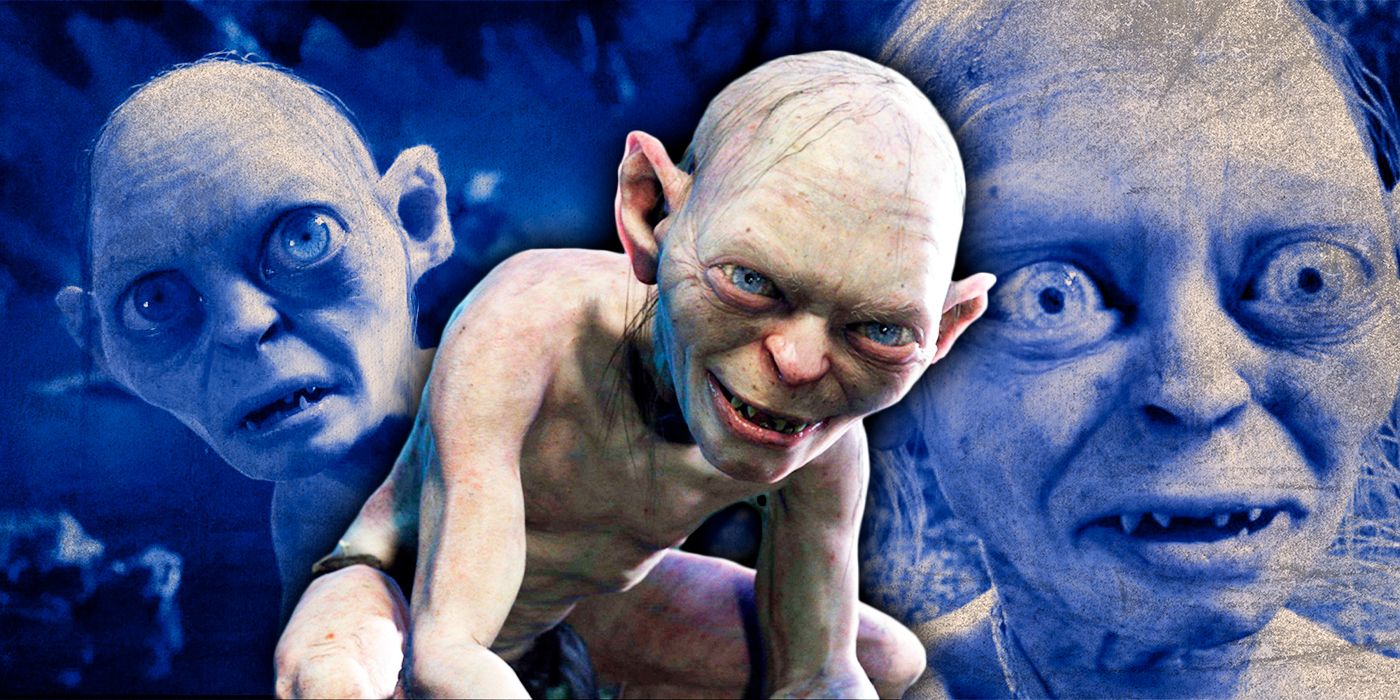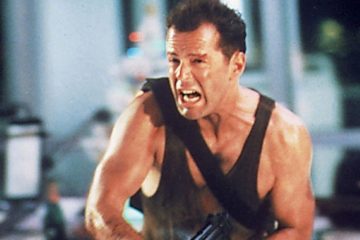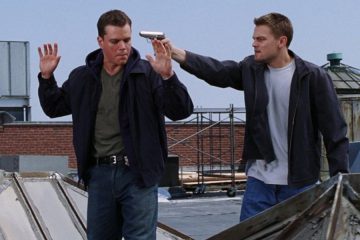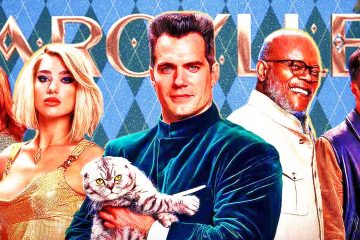The use of motion capture technology to animate fully CGI characters is commonplace in modern films. From the Na’vi in Avatar: The Way of Water to Thanos and the Hulk in Avengers: Endgame, most modern blockbusters have made use of motion capture to some extent. In the grand scheme of film history, this is a relatively recent development. Star Wars: The Phantom Menace was one of the first films to incorporate a CGI character — namely the controversial Jar Jar Binks — in a major role, but it was not until a few years later that the world learned the true capabilities of motion capture.
In 2002, The Lord of the Rings: The Two Towers properly introduced the character of Gollum after showing some obscured glimpses of him in the previous installment. The Two Towers pioneered certain aspects of motion capture, and it was largely responsible for the widespread adoption of the technology within the film industry. Director Peter Jackson did not originally plan to use motion capture for Gollum, but that all changed thanks to the unique and memorable performance of actor Andy Serkis, who brought one of the most important characters from J. R. R. Tolkien’s legendarium to life.
Serkis used the sound of his cat, Diz, coughing up a hairball to inspire Gollum’s now-iconic voice. Though he was only meant to provide a voice, he used his entire body and face during the audition. He felt that assuming an unnatural posture and making wild facial expressions was necessary to produce the guttural noises for which Gollum was named. Jackson thought that these movements were perfect for Gollum, so he not only hired Serkis but also asked him to be more than a voice actor. He wanted to imbue Gollum with more of Serkis’ personality, which required bringing him on set to interact with the rest of the cast.
The use of motion capture technology to animate fully CGI characters is commonplace in modern films. From the Na’vi in Avatar: The Way of Water to Thanos and the Hulk in Avengers: Endgame, most modern blockbusters have made use of motion capture to some extent. In the grand scheme of film history, this is a relatively recent development. Star Wars: The Phantom Menace was one of the first films to incorporate a CGI character — namely the controversial Jar Jar Binks — in a major role, but it was not until a few years later that the world learned the true capabilities of motion capture.
In 2002, The Lord of the Rings: The Two Towers properly introduced the character of Gollum after showing some obscured glimpses of him in the previous installment. The Two Towers pioneered certain aspects of motion capture, and it was largely responsible for the widespread adoption of the technology within the film industry. Director Peter Jackson did not originally plan to use motion capture for Gollum, but that all changed thanks to the unique and memorable performance of actor Andy Serkis, who brought one of the most important characters from J. R. R. Tolkien‘s legendarium to life.
Serkis used the sound of his cat, Diz, coughing up a hairball to inspire Gollum’s now-iconic voice. Though he was only meant to provide a voice, he used his entire body and face during the audition. He felt that assuming an unnatural posture and making wild facial expressions was necessary to produce the guttural noises for which Gollum was named. Jackson thought that these movements were perfect for Gollum, so he not only hired Serkis but also asked him to be more than a voice actor. He wanted to imbue Gollum with more of Serkis’ personality, which required bringing him on set to interact with the rest of the cast.
#Fan #Favorite #Lord #Rings #Character #Revolutionized #Film #Industry
Note:- (Not all news on the site expresses the point of view of the site, but we transmit this news automatically and translate it through programmatic technology on the site and not from a human editor. The content is auto-generated from a syndicated feed.))



